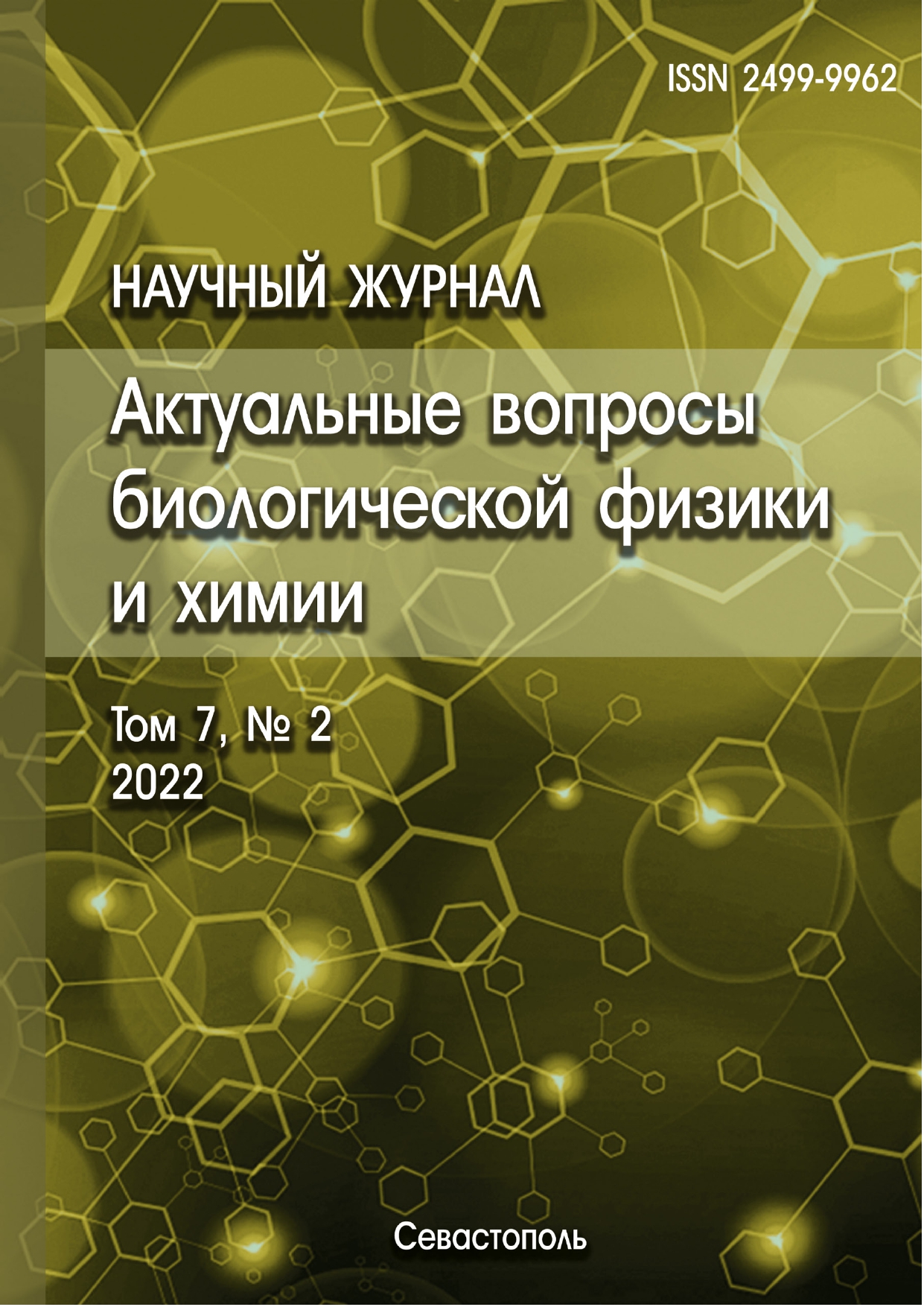Moscow, Moscow, Russian Federation
Moscow, Moscow, Russian Federation
Moscow, Moscow, Russian Federation
Moscow, Moscow, Russian Federation
Moscow, Moscow, Russian Federation
Moscow, Moscow, Russian Federation
UDC 612.78
In order to develop equipment for diagnosing the state of the human vocal folds (VF) and monitoring their activity during treatment, a complex of studies of animal VF samples (rabbits) was performed. A highly sensitive non-contact laser-optical equipment and a technique for recording VF vibrations in an air flow with controlled pressure have been developed. For a group of rabbits of the same age, data are given on the registration of vibrational frequencies in healthy VFs and received as a result of therapeutic effects ("treated" VFs). It was found that when air is passed through the trachea under a slight pressure of 10-20 mm Hg. three peaks of the characteristic frequencies of natural mechanical vibrations of the VF appear in the range of ~ 200 - 1000 Hz. As a rule, this is the fundamental frequency f1 and its two harmonics f2 = 2 f1 and f3 = 3 f1. Best of all, these oscillations are excited at the end of the outflow of air under a pressure of 1 - 5 mm Hg. A difference was found in the excited vibrations at low frequencies in healthy VF and VF with defects in the form of a scar on one ligament. The frequencies of the lowest natural vibrations in a defective VF are somewhat higher compared to the lowest frequency in a healthy VF, which is explained by an increase in its rigidity during the formation of scar tissue. The technique is characterized by ease of registration, sensitivity and informativeness during treatment by methods of regenerative medicine. Diagnosis of the state of the VF during treatment in comparison with the data for a healthy VF seems to be informative and useful for restoring the vibrational properties of the vocal cords during the treatment.
vocal folds, natural vibration frequencies, fiber optic probe, laser interferometer, frequency response
1. Ammar H. Quantitative analysis of healthy and pathological vocal fold vibrations using an optical flow based waveform. International Journal of Advanced Computer Science and Applications, 2019, vol. 10, no. 4, pp. 388-393.
2. Titze I.R. Parameterization of the glottal area, glottal flow, and vocal fold contact area. Journal Acoustical Society America, 1984, vol. 75, no. 2, pp. 570-580.
3. Wittenberg T., Tigges M., Mergell P., Eysholdt U. Functional imaging of vocal fold vibration: digital multislice high-speed kymography. Journal of Voice, 2000, vol. 14, no. 3, pp. 422- 442.
4. Qiu Q., Schutte H., Gu L.and Yu Q. An automatic method to quantify the vibration properties of human vocal folds via videokymography. Folia Phoniatrica et Logopeaedica, 2003, vol. 55, no. 3, pp. 128-136.
5. Belovolov M.I., Paramonov V.M., Belovolov M.M., Svistushkin M.V., Svistushkin V.M., Arkhipov M.V., Mokonyane Z.T., Timofeeva V.A., Kotova S.L., Timashev P.S., Timashev S.F. Vibration activity of the vocal folds and a new instrumental technique for their study. Optical Engineering, 2020, vol. 59, no. 6, p. 061611. DOI: https://doi.org/10.1117/1.OE.59.6.061611; EDN: https://elibrary.ru/BSJVDP










